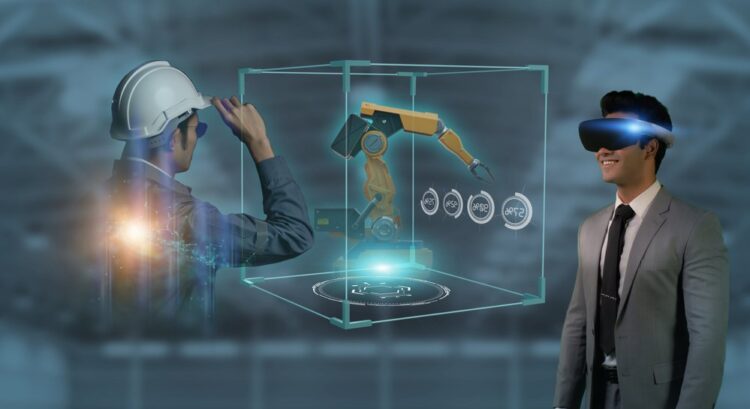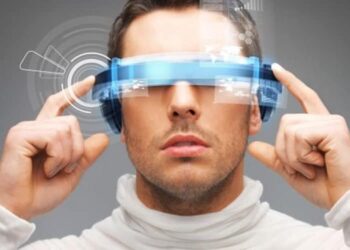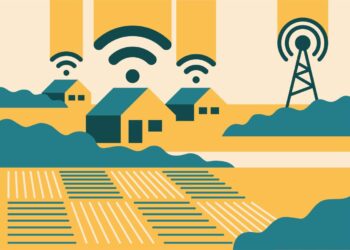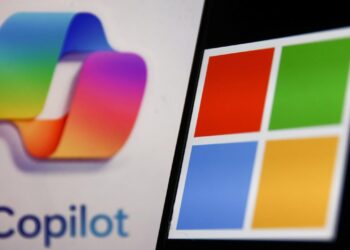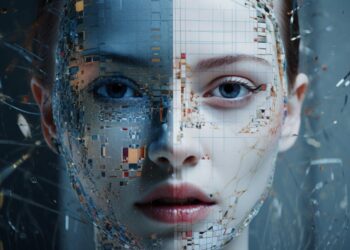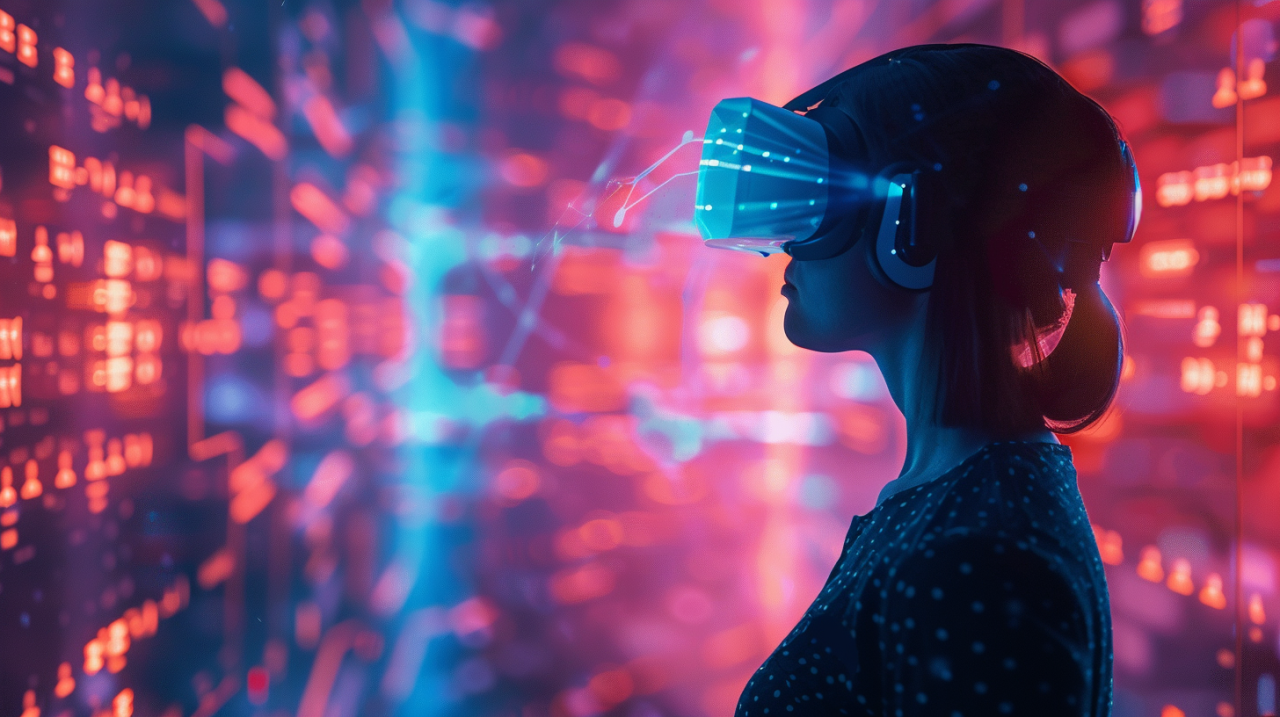 Unveiling the Metaverse: More Than Just a Game
Unveiling the Metaverse: More Than Just a Game
The Metaverse has rapidly moved from the realm of science fiction to a central topic in global technology, business, and social discourse. It represents a quantum leap in how humanity interacts with the digital world—moving beyond the two-dimensional screen interface and into persistent, shared, three-dimensional virtual environments. But what exactly is the Metaverse, and why is it being hailed as The Next Digital Frontier?
At its core, the Metaverse is not a single technology or platform, but rather a convergence of various existing and emerging technologies. Think of it as the successor to the mobile internet, a place where the physical and digital realities seamlessly intersect. It’s an always-on, live digital world where users, represented by digital avatars, can work, socialize, attend events, shop, and create, much like they do in the real world, but with limitless digital possibilities.
The excitement surrounding this digital transformation is palpable. Major technology companies have poured billions into its development, recognizing its potential to completely redefine commerce, education, entertainment, and communication. This shift isn’t just about creating a new place to play video games; it’s about establishing the foundational infrastructure for the next era of digital existence. Understanding the complexities of this new digital realm—from its technological building blocks to its profound economic implications—is essential for anyone looking to stay ahead in the 21st century.
Defining the Core Characteristics of the Metaverse
To truly grasp the scope of the Metaverse, it’s helpful to break down its defining features. These characteristics separate it from current online experiences like simple multiplayer games or social media platforms.
- Persistence: Unlike a video game that resets or ends, the Metaverse never “pauses” or “resets.” It continues indefinitely, regardless of whether a user is logged in. Events that happen in one session have permanent effects on the environment and its participants.
- Live and Synchronous: All interactions happen in real-time. Users experience the world simultaneously, fostering a sense of shared presence and immediacy.
- Interoperability: This is a crucial, though still developing, characteristic. It means that digital assets (like clothing, cars, or virtual land), identities (avatars), and experiences can theoretically move seamlessly between different parts of the Metaverse. For example, a digital item purchased on one platform could be used on another.
- A Functioning Economy: The Metaverse supports a thriving, digital economy powered by cryptocurrencies and non-fungible tokens (NFTs). This economy allows users to own digital assets, buy and sell virtual goods and services, and earn real-world income.
- Mass Scalability: A truly realized Metaverse must be able to support a massive number of users simultaneously, all participating in shared, unique experiences.
- Shared Creation and User-Generated Content: The Metaverse is built by its users. The ability for participants to create their own content, experiences, and assets is fundamental to its growth and diversification.
The Technological Pillars of the Metaverse Infrastructure
The grand vision of a persistent, interconnected digital world requires several sophisticated technologies to work in harmony. These technological pillars are the foundational elements that enable the immersive and functional nature of the Metaverse. A high-level understanding of these components reveals the complexity and potential of this new frontier.
1. Extended Reality (XR): The Interface
Extended Reality (XR) is the umbrella term for technologies that merge the real and virtual worlds, including Virtual Reality (VR), Augmented Reality (AR), and Mixed Reality (MR). XR is the primary interface through which users will access and experience the Metaverse.
- Virtual Reality (VR): Provides total immersion, cutting off the user from the physical world. Devices like high-end headsets (e.g., Meta Quest, PlayStation VR) are key for deeply engaging experiences, such as virtual concerts, corporate training simulations, or social gatherings.
- Augmented Reality (AR): Overlays digital content onto the real world. Think of apps on your smartphone that let you “try on” furniture in your living room or filters on social media. AR glasses, once perfected, will be the critical link, making the digital world a permanent fixture of our daily, physical reality.
- Mixed Reality (MR): Allows digital objects to interact with the physical environment in real-time. This is the ultimate hybrid, offering the most realistic blend of the two worlds.
The advancement of these devices is crucial. Cheaper, lighter, and more powerful head-mounted displays (HMDs) and smart glasses are what will truly democratize access to the immersive digital space.
2. Blockchain and Cryptocurrencies: The Economic Engine
The Metaverse’s entire economic and ownership structure is fundamentally tied to blockchain technology. Blockchain provides the necessary framework for trust, scarcity, and decentralization, concepts that are paramount for a digital economy to feel “real” and secure.
- Non-Fungible Tokens (NFTs) and Digital Ownership: NFTs are the digital deeds of the Metaverse. They are unique cryptographic tokens that exist on a blockchain and are used to represent ownership of digital assets. These assets can include: * Virtual Land (e.g., in Decentraland or The Sandbox). * Digital Fashion and Clothing for avatars. * Art, Collectibles, and Music. * Access Keys and Membership Badges. This verifiable, immutable ownership is what gives digital items real monetary value and allows for a robust secondary market.
- Cryptocurrency as Native Currency: Cryptocurrencies (like Ethereum, SOL, or platform-specific tokens) serve as the native medium of exchange. They enable fast, secure, and borderless transactions, allowing users to buy, sell, and trade assets and services within the virtual world without relying on traditional banks or centralized payment processors.
- Decentralized Autonomous Organizations (DAOs): Some Metaverse platforms are aiming for governance through DAOs, which use smart contracts to allow token holders to vote on key decisions about the platform’s future. This shift toward user-driven governance is a core tenet of the decentralized Metaverse.
3. Artificial Intelligence (AI) and Machine Learning (ML): The Intelligence Layer
Artificial Intelligence (AI) and Machine Learning (ML) are the “brains” of the Metaverse, providing intelligence and personalization. AI is used to:
- Power Non-Player Characters (NPCs) and Avatars: AI can create highly realistic and dynamic AI avatars that populate the environment, providing services, offering information, and facilitating complex interactions, making the world feel more alive.
- Generate Content and Assets: Generative AI is increasingly used to quickly create complex 3D models, textures, and landscapes, massively speeding up world-building and reducing the barrier to creation for users.
- Personalize Experiences: ML algorithms analyze user behavior to tailor advertising, content recommendations, and environmental settings, ensuring a more relevant and engaging experience for each individual.
- Enhance Language and Translation: Real-time language translation powered by AI will break down communication barriers, making the global Metaverse truly borderless.
4. Edge Computing and 5G/6G Networks: The Speed and Accessibility
To deliver the high-fidelity, low-latency (minimal delay) experience required for a seamless immersive world, advanced network infrastructure is essential.
- 5G and Beyond: The vast increase in bandwidth and massive reduction in latency offered by 5G (and the upcoming 6G) networks are critical. This ensures that massive amounts of data—required for high-resolution 3D environments and real-time multiplayer interactions—can be transferred instantly, preventing lag and motion sickness in VR.
- Edge Computing: Instead of processing all data in distant, centralized cloud centers, Edge Computing processes data closer to the user (at the “edge” of the network). This significantly reduces latency, which is non-negotiable for real-time interactions and highly realistic sensory feedback in immersive environments.
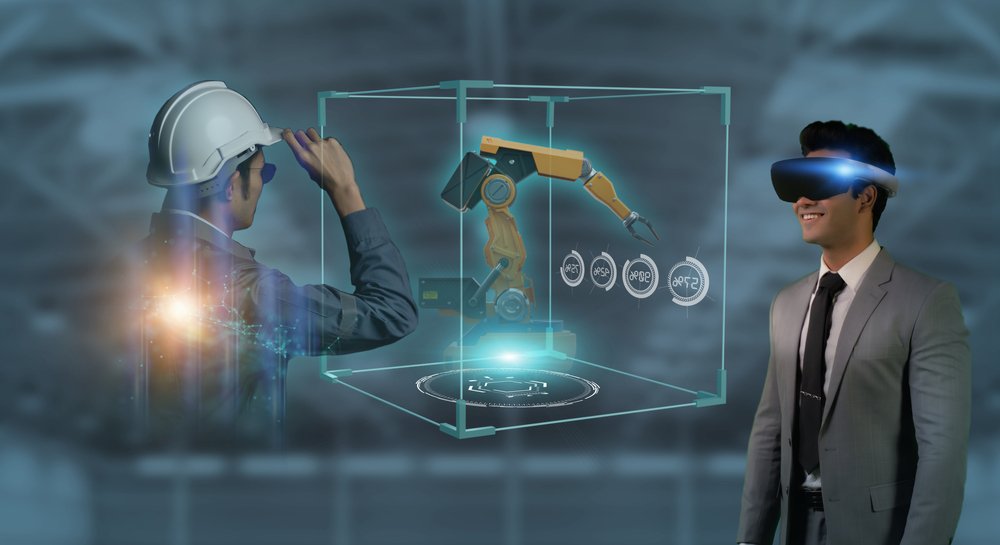 The Transformative Impact on Key Industries
The Transformative Impact on Key Industries
The Metaverse is not merely a replacement for social media; it is a disruptive force poised to fundamentally change how major industries operate, creating entirely new economic avenues. Companies that adapt early will be positioned to capture unprecedented market share.
1. Retail and E-commerce: The Age of ‘V-Commerce’
The way people shop is arguably one of the most immediate and impactful changes the Metaverse will bring.
- Immersive Shopping Experiences: Instead of scrolling through flat product images, consumers can enter a virtual flagship store, interact with 3D models of products, see how virtual clothing looks on their avatar, and even virtually “try on” items using AR.
- Digital Fashion and Wearables: A multi-billion dollar market is emerging for digital fashion (digi-physical goods). Users purchase clothing for their avatars, which can be custom-designed, branded, and sometimes even tied to a physical counterpart. This creates a new revenue stream for luxury and fast fashion brands alike.
- Virtual Product Launches and Shows: Brands can host exclusive product launches and fashion shows in the Metaverse, attracting a global audience without physical constraints, making marketing more engaging and accessible.
2. Education and Corporate Training: Learning Without Limits
The static lecture hall is being replaced by dynamic, interactive virtual environments that offer superior retention and practical application.
- Hands-on, Risk-Free Training: Medical students can perform virtual surgery, engineers can practice repairing complex machinery, and pilots can train in hyper-realistic flight simulators—all without risk or high material cost. This experiential learning is far more effective than traditional methods.
- Global Virtual Classrooms: Students from anywhere in the world can attend a class together, interacting with 3D models of history, science, or art. This democratization of high-quality education is a powerful social force.
- Virtual Field Trips: History classes can travel to ancient Rome, and geology students can explore the Grand Canyon, making abstract concepts concrete and memorable.
3. Entertainment and Socializing: The Ultimate Experience Economy
The entertainment sector is often cited as the earliest adopter and biggest winner in the Metaverse.
- Virtual Concerts and Events: Major artists have already hosted concerts attracting millions of virtual attendees. These events offer unique interactions, custom avatars, and integrated merchandise sales, going far beyond a simple livestream.
- Immersive Storytelling: Movies, games, and interactive narratives merge into experiential content. Users don’t just watch a story; they become a character within it, interacting with the plot and influencing the outcome.
- Enhanced Social Connection: Users can meet friends in a virtual space that feels much closer to a physical meeting than a simple video call. Shared experiences in a persistent virtual world deepen social bonds, whether attending a virtual wedding or simply having a casual hangout in a custom digital home.
4. Work and Collaboration: The Virtual Office
The post-pandemic shift to remote work has accelerated the need for better virtual collaboration tools.
- Presence in Virtual Offices: Immersive technologies allow remote teams to gather in a shared virtual office space. This can improve team cohesion, mimic the spontaneity of in-person collaboration, and allow for more effective spatial organization of data and projects.
- Digital Twins and Industrial Applications: Businesses are creating Digital Twins—virtual replicas of physical assets, systems, or processes. This allows companies to simulate changes, test new designs, and monitor real-time performance of factories, cities, or supply chains in the Metaverse before implementing them physically, leading to massive efficiency gains and cost savings.
Navigating the Challenges and Ethical Considerations
As with any paradigm-shifting technology, the realization of the Metaverse is fraught with significant challenges that must be addressed to ensure its growth is equitable and safe. These issues range from fundamental technological hurdles to complex ethical and sociological dilemmas.
- Interoperability Standards: Currently, many Metaverse platforms are walled gardens. The lack of universal standards for assets, identities, and data transfer hinders the creation of a truly seamless and singular “Metaverse.” Industry cooperation is essential to develop open protocols.
- Privacy and Data Security: A persistent, immersive world will generate an unprecedented volume of personal data—not just what users click, but their body language, voice inflections, emotional state (via biometric tracking in VR gear), and real-time location. Protecting this hyper-personal data from exploitation is a monumental task.
- Digital Harassment and Safety: The immersive nature of the Metaverse can intensify issues of online harassment, bullying, and abuse. Developing robust, universally applied tools for moderation, reporting, and personal safety—such as ‘personal safety bubbles’ or instant blocking features—is vital.
- Digital Divide and Accessibility: High-end VR/AR hardware remains expensive, potentially excluding lower-income populations from accessing the full benefits of this new digital world, thereby exacerbating the existing digital divide. Efforts must be made to create accessible, low-cost entry points.
- Mental Health and Addiction: Questions remain about the psychological impact of spending extensive periods in a hyper-realistic virtual world. The potential for escapism and addiction to the digital realm is a serious concern that requires ongoing research and ethical guidelines.
 The Future Roadmap: From Vision to Reality
The Future Roadmap: From Vision to Reality
The Metaverse, as currently envisioned, is still in its infancy. The ultimate, fully-realized version—a single, persistent, interoperable virtual layer over the real world—is likely decades away. The road map involves continuous innovation across all technological pillars.
The Ongoing Evolution of Metaverse Technology
The next major leaps will likely come from the further integration of sophisticated hardware and bio-feedback systems.
- Haptic Feedback and Full Sensory Immersion: The development of haptic suits and gloves will allow users to actually feel the digital world—the texture of a garment, the weight of an object, or a friendly handshake. This full sensory experience is the final step toward true immersion.
- Neural Interfaces (BCIs): Though highly controversial and futuristic, Brain-Computer Interfaces (BCIs) could eventually allow users to interact with the Metaverse directly with their thoughts, bypassing physical controllers entirely.
- Hyper-Personalized AI Companions: Highly advanced AI will lead to the creation of incredibly realistic and emotionally responsive AI companions (NPCs) that can serve as friends, teachers, or even therapists within the virtual world.
The transition to this future requires a collective effort: technology giants building the infrastructure, independent developers creating compelling content, and policymakers establishing the necessary legal and ethical guardrails. The journey into The Next Digital Frontier is not just a technological race; it’s a profound cultural and economic evolution that promises to redefine human interaction and commerce for the century to come. Those who understand its complexities and position themselves strategically will be the architects of this brave new world.

